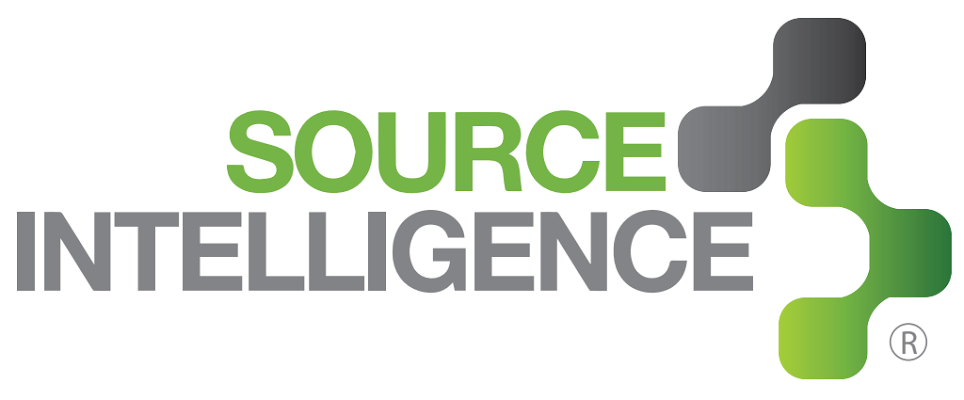Substance Regulations RoHS and REACH Continue to Expand Globally and Undergo Restriction Updates
Global expansion of RoHS and REACH-like regulations demonstrate the importance of understanding compliance requirements.

RoHS and REACH are two of the most commonly addressed and highest profile substance regulations worldwide. The EU has set an example that many other countries worldwide have followed by adopting their own similar versions of RoHS and REACH. With the global spread of RoHS and REACH-like requirements, it becomes important for companies to understand the basic underpinning of both regulations to be able to proactively meet upcoming compliance requirements.
Singapore and China have already passed regulations that look very similar to RoHS, joining the ranks of other countries that have done the same such as India, Japan, South Korea, Turkey and Vietnam. China’s revision of the “Measures for the Restriction of the Use of Hazardous Substances in Electrical and Electronic Products” (also known as China RoHS) came into effect in July and outlines the same concentration restrictions as European Union RoHS. Singapore’s Environmental Protection and Management Act adopted similar requirements under Singapore’s current chemical management framework effective June 2017. Countries such as Malaysia and Taiwan have made proposals for RoHS-like regulations as well.
RoHS is a substance regulation that applies specifically to electrical and electronic equipment. For RoHS compliance, six substances specified under RoHS cannot exceed certain concentrations put forth by the regulation. However, products that can claim RoHS exemptions do not have to meet the concentration requirements to be RoHS compliant.
To learn more about the structure of the RoHS regulation and compliance requirements that companies need to meet, read Source Intelligence's newest whitepaper: Chemical Regulations Affecting Global Supply Chains - An Overview of RoHS 2. This whitepaper breaks down RoHS 2 into its essential elements to help companies easily understand what they need to comply with.
Many of these countries have also adopted REACH-like regulations. In addition, European REACH itself is continuously undergoing significant updates as the European Commission considers an increasing number of substance bans from the REACH chemicals list.
A ban of CMRs (carcinogenic, mutagenic and toxic for reproduction substances) in apparel may be implemented by the European Commission within a year under the REACH legislation. The exact number of Category 1A and 1B CMRs that may be restricted has not been defined; previously, the European Commission has proposed banning 286 CMRs.
To implement this ban, the Commission will need to utilize a faster procedure than the traditional route. However, this faster procedure as defined in Article 68(2) has historically been followed for mixtures used in consumer products that include CMRs; it allows the European Commission to ban chemicals with less feedback from ECHA and industry. This proposed ban using the faster track may be a test for expanding the ban of Category 1A and 1B CMRs to all articles in the future.
In general, there are two procedures for adding new substance restrictions in mixtures under REACH. The European Commission proposes the restriction and then must collect input from member states under both procedures:
-
Standard – Articles 69-73 of REACH highlight the steps that must be followed by relevant stakeholders in order to adopt a new restriction. These include risk assessments, socio-economic assessments, and dossiers prepared by member states regarding the restriction.
-
Fast-track – Category 1A or 1B CMRs in mixtures can be banned without meeting many of the required analyses and documentation outlined in Articles 69-73. However, there are not many clear guidelines on how to utilize the fast-track procedure in the REACH regulation.
The restriction would likely first apply to CMRs in textiles that directly touch the skin, and come into effect in 2017. This can include a broad range of consumer products, such as clothing, footwear, and bedding. If the first restriction is successfully adopted, the restriction will then broaden to also include textiles that don’t come into contact with the skin, which can include accessories, carpets, etc.
The basic requirements and structure of REACH and RoHS as developed by the EU are being adopted by a growing number of countries. In addition, RoHS and REACH are not static regulations and continue to undergo amendments and additions to restricted substance lists and scope. Companies need to be proactive and understand how proposed revisions may affect their regulatory compliance requirements, and prepare their operations and documentation for approaching deadlines.

